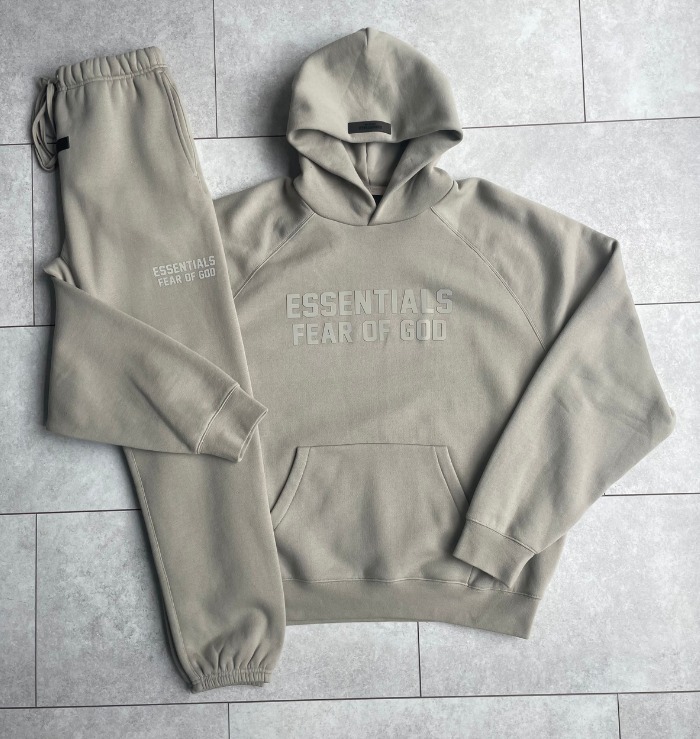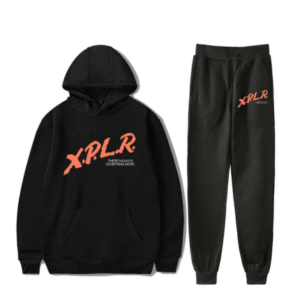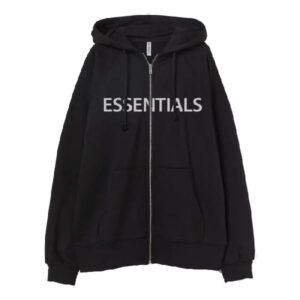
Spending a day at the zoo is a fantastic way to connect with nature, observe fascinating animals, and enjoy quality time with family or friends. However, the key to making the most of your zoo visit lies in your preparation, especially when it comes to what you wear essentials clothing Unlike a formal event or a quick trip, a zoo outing typically involves a lot of walking, outdoor exposure, and variable weather conditions. Choosing the right clothing is essential to stay comfortable, protected, and energized throughout the day. Here’s a comprehensive guide to the essential clothing you need for a fun and hassle-free day at the zoo.
1. Prioritize Comfort and Mobility
Zoo visits often involve walking several miles as you explore various exhibits spread out over large grounds. This means your outfit should be comfortable and allow for easy movement. Choose clothing that won’t restrict you as you walk, stand, crouch, or even climb small steps.
-
Tops: Lightweight T-shirts, breathable tank tops, or moisture-wicking activewear shirts are ideal. Avoid tight or restrictive fabrics.
-
Bottoms: Comfortable shorts, capris, or casual pants made from stretchy or lightweight fabric work best. Avoid anything too tight or formal.
-
Footwear: Comfortable walking shoes are an absolute must. Sneakers or supportive trainers with good arch support will keep your feet happy and help prevent blisters. Avoid sandals without straps or flip-flops, as they offer little support and can be unsafe on uneven paths.
2. Dress for the Weather
Zoo visits are usually outdoors, so dressing according to the weather forecast is crucial. This means you should be ready for sun, wind, or even a sudden shower.
-
Hot Weather: Lightweight, breathable fabrics like cotton or moisture-wicking blends will keep you cool. Opt for lighter colors that reflect sunlight rather than absorb it.
-
Cooler Weather: Layering is essential. Wear a breathable base layer, and bring a lightweight jacket or hoodie you can tie around your waist when not in use.
-
Rain or Humidity: A waterproof jacket or poncho and quick-drying fabrics will keep you comfortable. Avoid heavy cotton that holds moisture.
3. Sun Protection Clothing
Spending long hours outdoors means you’re exposed to potentially harmful UV rays. Protecting your skin with the right clothing and accessories is vital.
-
Wide-Brim Hat or Cap: A hat with a broad brim shields your face, ears, and neck from the sun. Baseball caps protect your face and eyes but less so the neck.
-
Sunglasses: Choose UV-protected sunglasses to reduce glare and protect your eyes.
-
Long-Sleeve Shirts and Pants: For sensitive skin or those prone to sunburn, lightweight long sleeves and pants can offer extra protection without overheating.
-
UPF Clothing: Many outdoor apparel brands now offer clothing with built-in Ultraviolet Protection Factor (UPF), which adds another layer of sun defense.
4. Choose Practical, Easy-to-Care-For Fabrics
Since zoo days can be messy (think animal feed, dirt paths, and spilled snacks), choose fabrics that are easy to clean and durable.
-
Synthetic blends: Polyester blends that wick moisture and dry quickly are excellent for active days.
-
Cotton blends: Pure cotton is comfortable but can hold sweat and stains, so blends might be a better choice.
-
Avoid delicate fabrics like silk or linens that wrinkle easily and stain.
5. Functional Footwear Is Non-Negotiable
You’ll be on your feet most of the day, so your footwear needs to be comfortable, supportive, and durable.
-
Sneakers or walking shoes: Aim for shoes with cushioning and arch support.
-
Water-resistant shoes: If rain is expected, water-resistant sneakers or hiking shoes are better.
-
Avoid new shoes: Don’t wear brand-new shoes to the zoo to prevent blisters. Break them in ahead of time.
-
Consider socks: Breathable cotton or moisture-wicking socks will keep your feet dry and blister-free.
6. Accessories to Enhance Comfort
Small additions to your outfit can make your day more enjoyable.
-
Backpack or Crossbody Bag: Carry essentials like water, snacks, sunscreen, and your camera without restricting your movements.
-
Bandanas or Headbands: Great for keeping sweat off your face and hair in check.
-
Lightweight Gloves: If visiting in cooler weather, thin gloves can add warmth without bulk.
7. Consider Layers for Flexibility
Weather at the zoo can change quickly, especially in spring and fall.
-
Start with a comfortable base layer.
-
Add a mid-layer like a fleece or sweater.
-
Finish with a lightweight, packable jacket for wind or rain protection.
Layers can be removed or added as temperatures fluctuate, ensuring you stay comfortable throughout the day.
8. Clothing for Kids at the Zoo
If you’re bringing children, their clothing needs extra consideration for comfort, sun protection, and durability.
-
Choose bright, comfortable clothes to easily spot them.
-
Use UV-protective hats and sunscreen regularly.
-
Dress them in layers so you can adjust as needed.
-
Opt for closed-toe shoes with good grip for safety.
9. Avoid Overdressing or Underdressing
Dressing too warmly can make you uncomfortable and sweaty, while dressing too lightly can leave you cold or exposed.
-
Think about the time of day and how long you’ll be outdoors.
-
Morning and late afternoon tend to be cooler.
-
Midday is usually warmer, so adjust layers accordingly.
10. Special Considerations: Themed or Seasonal Clothing
-
Rainy Season: Waterproof jackets, waterproof shoes, and quick-dry pants are crucial.
-
Summer: Focus on sun protection and staying cool with breathable fabrics.
-
Winter: Dress warmly with thermal layers, hats, scarves, and insulated footwear.
Sample Outfits for a Day at the Zoo
-
Sunny Summer Day: Lightweight cotton T-shirt, breathable shorts, supportive sneakers, wide-brimmed hat, and sunglasses.
-
Cool Spring or Fall Day: Long-sleeve moisture-wicking shirt, comfortable pants or leggings, layered with a fleece or light jacket, sneakers, and a baseball cap.
-
Rainy Day: Waterproof jacket, quick-dry pants or leggings, waterproof shoes, and a packable rain poncho.
Additional Tips for Zoo Clothing
-
Pack a change of clothes if you expect to get wet or dirty.
-
Bring a lightweight blanket or picnic mat for rest stops.
-
Use moisture-wicking underwear for all-day comfort.
-
Avoid excessive jewelry or accessories that can get lost or be uncomfortable.
Conclusion
Choosing the right clothing for a day at the zoo Essential Hoodie is about balancing comfort, practicality, and protection. By selecting breathable fabrics, wearing supportive footwear, layering appropriately, and preparing for weather changes, you ensure your zoo adventure is enjoyable from start to finish. Don’t forget sun protection gear and practical accessories to carry your essentials easily. Whether you’re observing playful monkeys, majestic lions, or colorful birds, your clothing will help you focus on the fun without distractions. Dress smart, stay comfortable, and get ready for a memorable day surrounded by wildlife.


